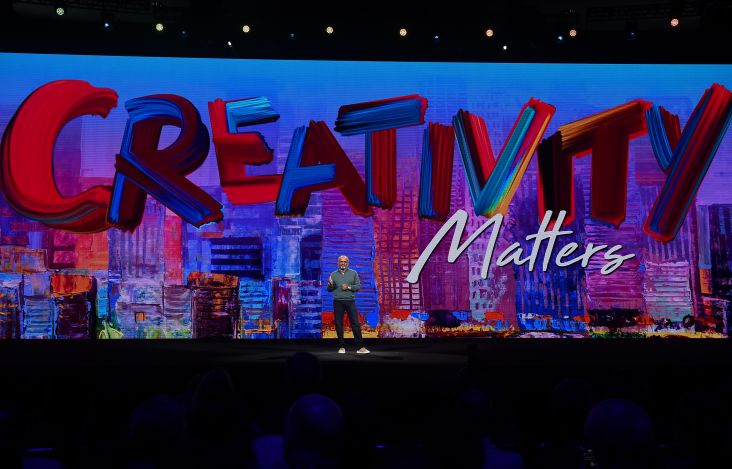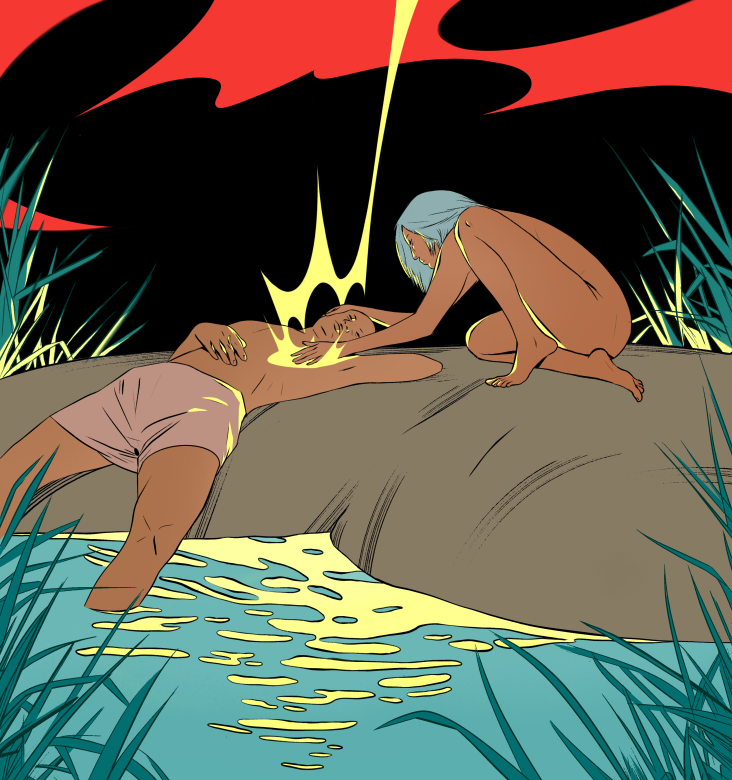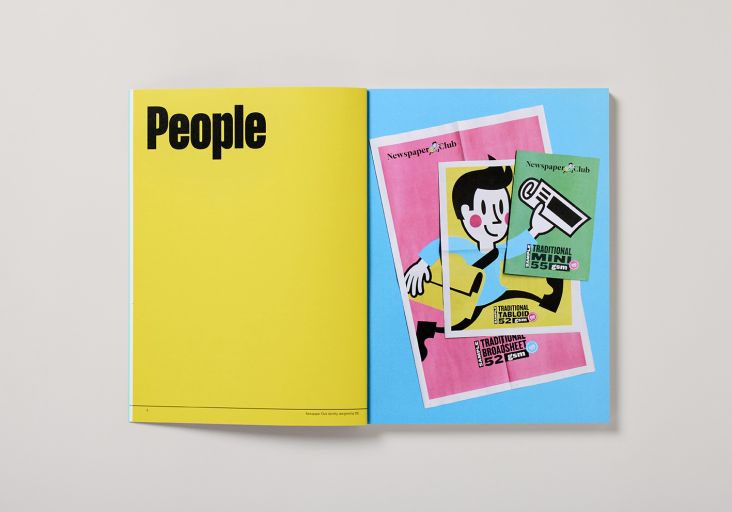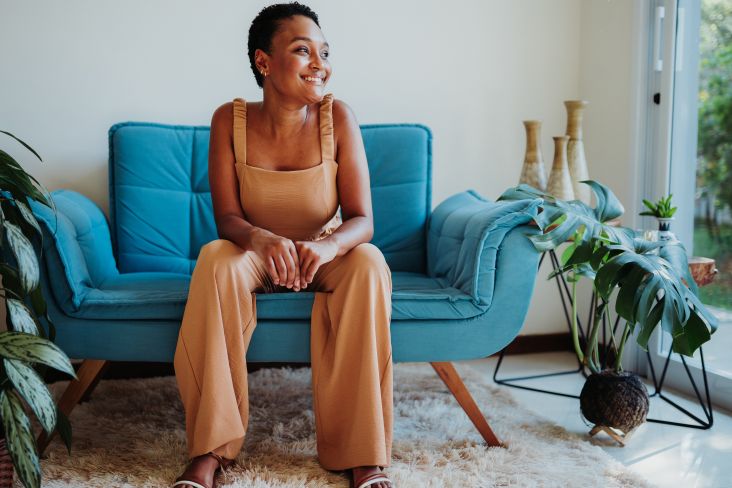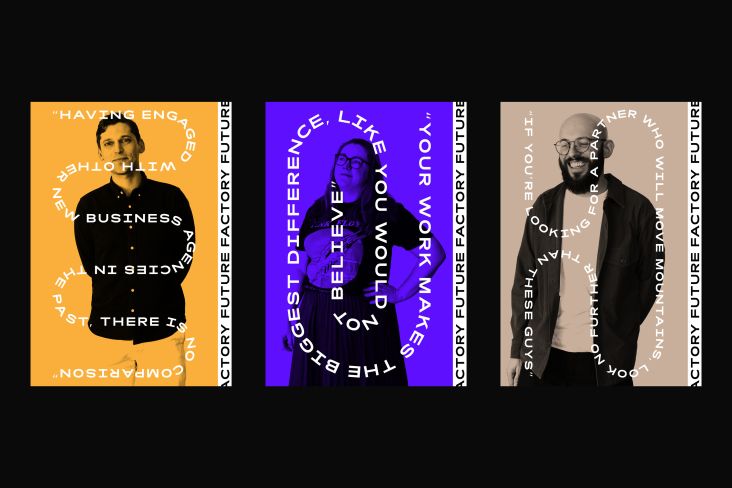How to become a graphic designer in less than a year
Contrary to popular belief, you don't need to spend three years at university! Graphic design is open to all, and you can enter the profession in under 12 months. Here's how.
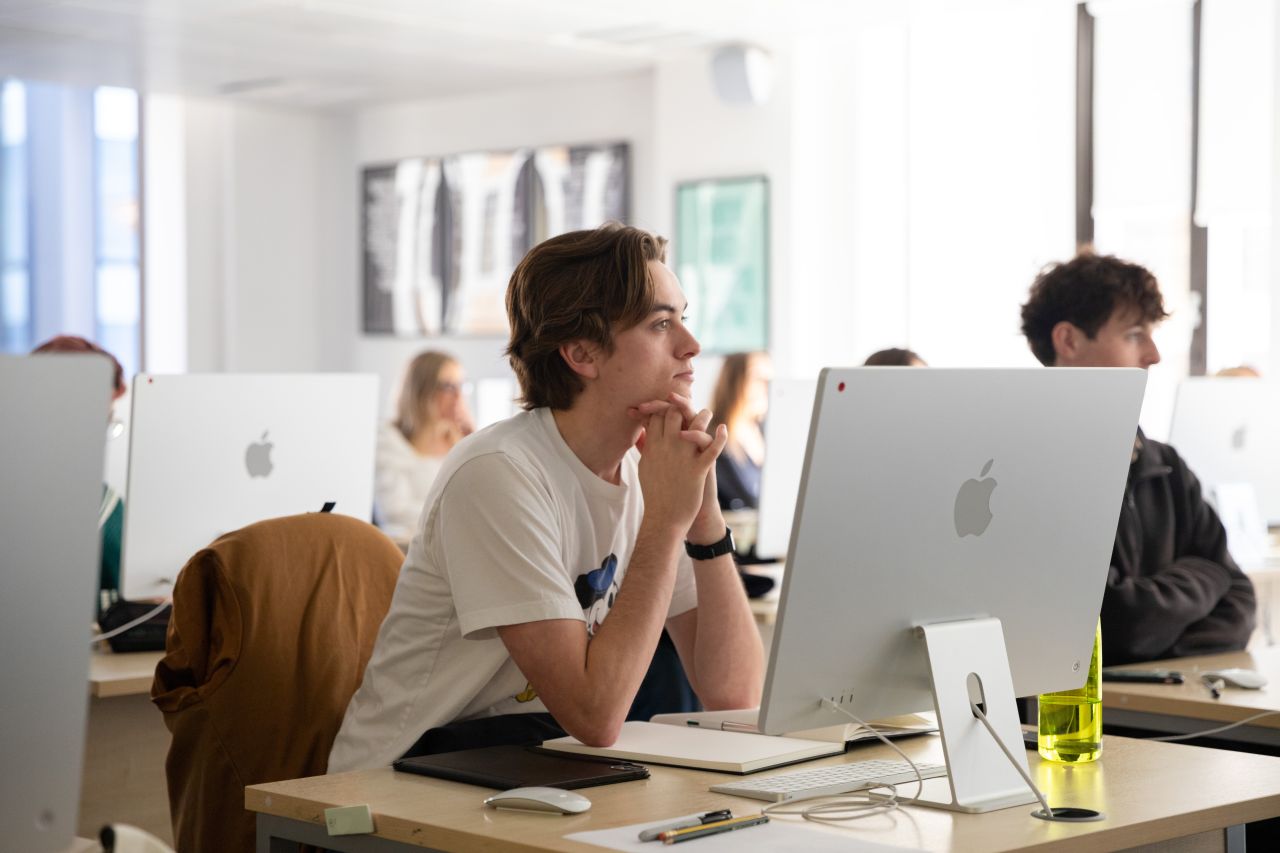
Traditionally, becoming a graphic designer took much longer than a year. First, you were expected to complete a three-year degree. And that usually didn't include much in the way of practical experience, so you'd probably have to intern for a few months after that to fill in the gaps. Only then could you start applying for your first graphic design jobs.
That was all very well in the days when you could get a grant to go to uni and expect the state to pay your fees (although even then, many couldn't afford to take that length of time out of the workplace). In 2022, though, with degrees costing £9K a year, and inflation pushing living costs to record levels, it's an increasingly unattractive option.
It's not surprising, then, that more and more graphic designers have been finding alternative ways into the profession. Nowadays, it's common to find that a sizeable number of designers in any agency or in-house design department will have come up through a different route than the traditional degree.
So how can you follow in their footsteps? Read on as we give you some suggestions for becoming a graphic designer in less than a year.
1. Take the Shillington graphic design course
Don't fancy three years' study? How about three months? Shillington's graphic design courses are spread across three months full-time or nine months part-time. And because these courses are designed by working graphic designers who know what the industry needs, they're very well-respected throughout the industry and have a great record of getting graduates into jobs.
Shillington's courses take place at their campuses in the UK, USA and Australia, or you can take classes online, making them accessible to everyone around the world. They're less about the theoretical study than learning what designers actually do in practice, so you'll work on real-world briefs, in a studio-like environment, to proper deadlines. That way, you'll have an industry-ready portfolio the moment you finish, which will get you a long way when it comes to applications and interviews.
This approach to becoming a graphic designer is increasingly popular with school leavers, university graduates looking to build on their degrees, and working professionals looking to switch careers. For more details, visit the Shillington website.
2. Read some foundational books
While art is all about aesthetics, design is about creating something that performs a function. To get your head around the fundamentals of design thinking, it's important to read some foundational books, and here are a few good ones to start with.
Graphic Design School by David Dabner, Sandra Stewart and Abbie Vickress is firmly focused on would-be designers who aren't willing or able to attend university. Its authors describe it as a foundation course for graphic designers. The first section deals with the fundamentals of design, such as composition, hierarchy, layout, typography, grid structure and colour. The second section puts these basics into practice and explains studio techniques and production issues.
Graphic Design: The New Basics by Ellen Lupton & Jennifer Cole Phillips is a classic text by Ellen Lupton and Jennifer Cole Phillips, fully revised and updated in 2015. This is another excellent introduction to graphic design for new entrants, with visual demonstrations and concise commentary explaining the principles behind everything from logos to website design.
A good complementary read is Know Your Onions by Drew De Soto. It's designed like a notebook, with all the authors' tips and knowledge contained inside, along with blank pages that allow you to add your own personal notes and thoughts.
As well as the principles of graphic design, it's also a good idea to research what a design career actually looks like in practice. One of our favourite reads on this theme is Oh Sh*T What Now? by Craig Oldham. In this revelatory tome, the famed designer answers common questions raised by would-be graphic designers, such as: Where do you live? Can you afford to live? How can you make money doing design? How do you get a job? Who do you want to work for, and are you good enough?
Alternatively, there's Extra Bold: a practical and informative career handbook for designers that's part-textbook and part-comic book, part-zine, part-manifesto, and part-self help manual. Written by multiple authors, it contains a range of interviews, essays, typefaces, biographical sketches, and projects from dozens of contributors that will really help you wrap your head around the subject.
3. Learn through podcasts
While they're no substitute for a professional course or instructional book, podcasts are a great way to supplement your learning, especially when you're in the midst of mundane activities like housework or commuting. Here are some of our top recommendations to help you in your burgeoning career as a graphic designer.
Pathfinder is a 16-episode podcast series from Shillington that gives advice to graphic design graduates across the world entering the creative industry. Hosted by Shillington New York Teacher Jimmy Muldoon, it features relatable content that helps designers navigate the highs and lows of the journey from graduate to working designer.
Design Matters with Debbie Millman was one of the world's very first podcasts, and it's still going strong today, 15 years in. The show is about how creative people design the arc of their lives, and its list of guests is legendary.
Make it in Design features interviews with designers who have made bold moves and followed their hearts in order to thrive as creative professionals. This podcast is a place of curiosity and discovery, and you'll get some good pointers on what working in the design industry is actually like.
On Design with Justyna Green brings you insightful conversations with design's most inspiring figures, from designers to artists, creative directors to entrepreneurs. This podcast is a great way to discover what inspires leading creatives, how they work and how they see the world.
Finally, Creative Boom's podcast gives you the inside scoop from artists, designers, illustrators and photographers about the highs and lows of being a creative, and their day-to-day challenges. Each episode is bursting with insider career tips, honest business advice and eye-opening stories.
4. Put yourself out there
Graphic design isn't like being a lawyer or electrician: you don't need to hold a qualification to practise. So once you've learned the fundamentals, either through a course or self-study online, there's nothing to stop you from putting yourself out there as a freelancer and improving your skills through doing.
Of course, winning your first client isn't easy. Few are going to trust someone with no track record, so there's a vicious circle you need to break out of there. You can show what you're made of by posting personal projects and student work online, and if that's good enough, and you're lucky, some clients may bite.
Most of the time, though, the most effective route is to target people you know already. Start with friends and family, spread out to co-workers, fellow students, past tutors, and so on. Keep going until you find someone who needs some design work doing, whether that be building a website or crafting a poster. You may be surprised how many people jump at the chance because most people don't have a clue how to hire a designer and will welcome a familiar, friendly face guiding them through the process.
5. Check the job boards
Once you're trained and experienced enough to start applying for jobs, freelance roles and internships, finding the right opportunity can become a full-time job in itself. So it pays to cast your net far and wide in order that you don't miss out. Here are some places to start.
The Shillington Jobs Board is very selective: they only approve and share job and internship opportunities that are respectful of designers' time and talents. Roles are available in the UK, US and Australia, and you don't have to be a Shillington graduate to apply, although it obviously helps.
If You Could is the jobs board of design blog It's Nice That. At time of writing, it was advertising 167 roles, mostly based in London but some for remote workers.
Nikky Lyle describes herself as a "creative recruiter with a conscience" and was a D&AD President Judge in 2020. Her Graphic Design Jobs board features opportunities across the UK.
Veteran publication Design Week’s recruitment section features a wide range of jobs across a variety of media roles. There were 35 graphics roles here at time of writing, mainly based in London and southern England.
Get started studying graphic design!
To find out more about studying design on Shillington's intensive courses, visit the Shillington website.
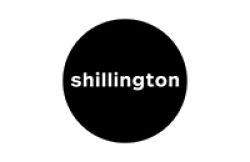




 by Tüpokompanii](https://www.creativeboom.com/upload/articles/58/58684538770fb5b428dc1882f7a732f153500153_732.jpg)

 using <a href="https://www.ohnotype.co/fonts/obviously" target="_blank">Obviously</a> by Oh No Type Co., Art Director, Brand & Creative—Spotify](https://www.creativeboom.com/upload/articles/6e/6ed31eddc26fa563f213fc76d6993dab9231ffe4_732.jpg)










